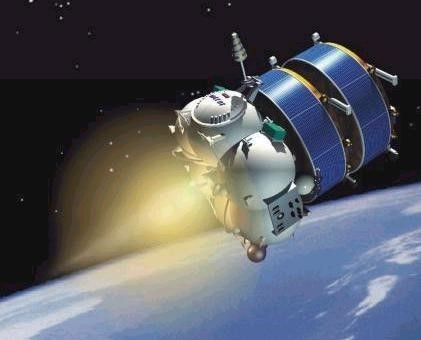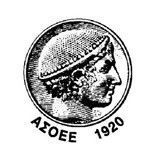
-
StatusCompleted
-
Status date2014-12-15
-
Activity Code1C.012
The objective of the project was to identify the best potential opportunities for European satellite service providers to engage in service delivery over integrated satellite and terrestrial networks by answering the following questions:
- What are the technical and economic conditions that will make satellite networks attractive to be integrated with terrestrial IP networks?
- How do these conditions and requirements impact on satellite networks?
- What are the requirements on the interfaces that will provide for interoperability from a management point of view?
- What developments need to take place to support management interoperability between satellite and terrestrial networks?

- Forecast the communication service evolution over the next ten years.
- Identify and study future uses and services that could emerge in view of current trends, notably including the availability (always on, everywhere), the development of mobile terminal equipment and services, of 'cloud computing', the Internet of Things, the delivery of new types of content such as HD / 3D videos, the data and traffic tsunami, as well as the rising societal and environmental concerns and the quest for the improvement of energy efficiency;
- Assess the new constraints and requirements (including economic, technical and trust) that will be imposed on the terrestrial telecommunications network and service infrastructures in order to provide assured QoE / QoS in multi-domain provisioning environments;
- Define integrated satcom – terrestrial service delivery architectures, benchmark (via simulations) and suggest guidelines for evolutionary implementations answering questions such as; what are the possible scenarios for terrestrial and satellite integration? What are the associated markets and business incentives for each? What is the mix of services that would be offered over each? What are the advantages and disadvantages of GEO and non GEO network topologies in each case? What are the service delivery architectures most relevant to these?
- Make recommendations for future work based on the definition of a multi-layered roadmap of actions (technology, standardisation) and identify future experimentation/demonstrations over the air that could be implemented to validate the concepts produced during the study.
The study served:
- Raising awareness amongst the telco operators, equipment manufacturers and the associated fora – e.g. TM Forum, ITU-TMN, IETF, etc, – of the strategic role that satellite can play in the evolution of the future networks; by doing so ESA will be helping to create interest towards integrated satellite systems among the terrestrial networks’ community;
- Satellite actors learning from the wide range of experience of terrestrial operators and manufacturers in the development of technology, standards and business practices can make satellite services more efficient so the satellite component becomes a seamlessly integrated component of the terrestrial network.
The project started on 1st November 2012.
A TNDS review took place after month 5 of the project, and assessed Technical Note TN1: Service Requirements Definition and Technical Note TN2: Deployment scenarios for terrestrial networks.
An ISD review took place after month 7 of the project, and will assess Technical Note TN3: Satellite and terrestrial networks integration.
After the detailed definition of satellite/terrestrial networks integration a workshop was performed.
All the tasks as prescribed were completed. More specifically, the study provided a detailed overview of current usage trends of communications technologies; an analysis of service delivery solutions by terrestrial providers; critically reviewed 11 promising scenarios for satellite-terrestrial integration for service delivery and selected 5 for further analysis; analysed and benchmarked selected integrated approaches.
Community feedback on the scenarios was collected at the launch event of the joint European Technology Platform NetWorld2020 in October 2013.
Some of the key findings of the study have been presented at ASMS/SPSC 2014 in the special session “Internet-Centric Networking for Satellite/Terrestrial Integrated Systems” (Advanced Topics in Service Delivery Over Integrated Satellite Terrestrial Networks by Kapovits, Adam; Covaci, Stefan; Siris, Vasilios A.; Ververidis, Christopher N.; Guta, Maria; and Business Interoperability Framework for Integrated Terrestrial Satellite Networks by Aliu, Osianoh Glenn; Watts, Simon; Kapovits, Adam)
The Executive Summary and the Final Report of the project are provided to ESTEC and are available on request.
The Final Presentation will be given at ESTEC, on 14th January 2015.






